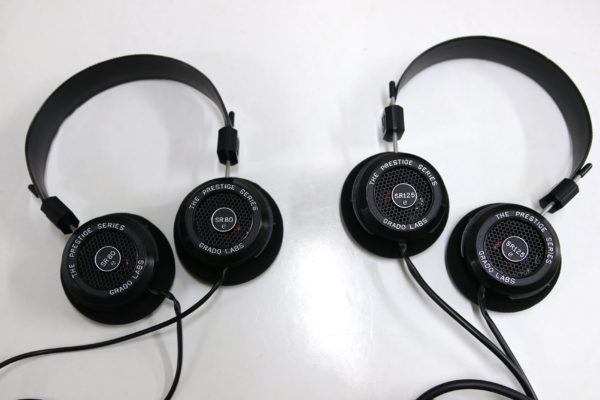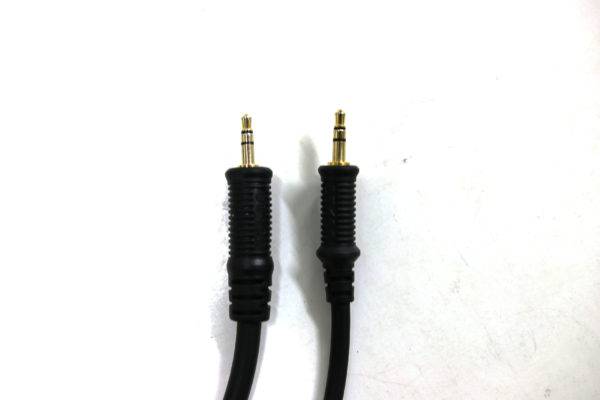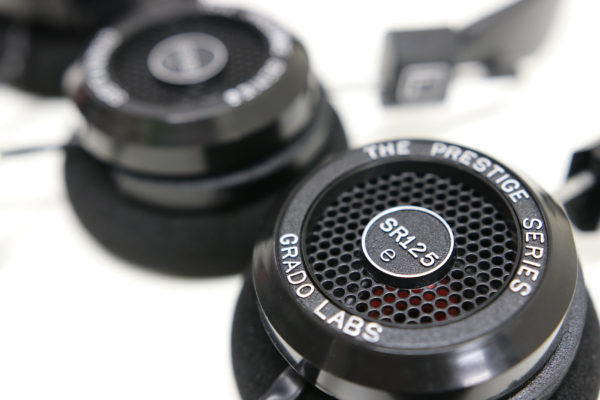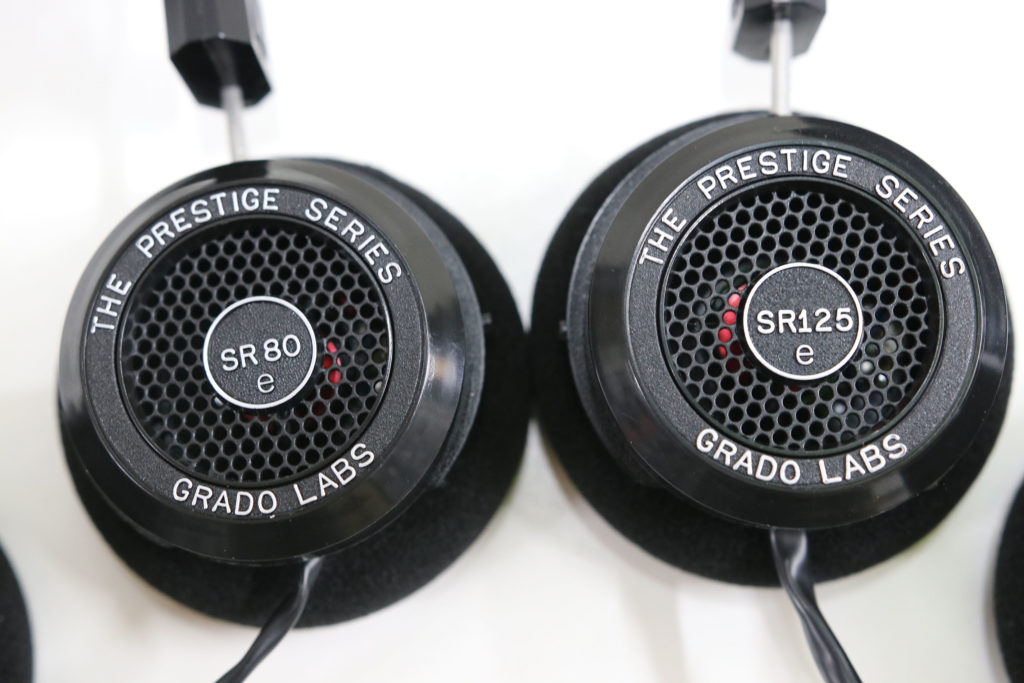Any audiophile worth their salt will have at least heard of the Prestige Series from Grado at this point, if not own a pair outright. There have been plenty of comparisons between the SR60e and the SR80e, the two cheapest (and most popular) entries in the lineup. Not only are the sonic differences subtle, but the price difference is just $20. If you want to spend less than $100 on a pair of quality open-backs, you can’t go wrong with either.
But I wanted to do a comparison for the folks who are wondering if going above $100 for their Grados is worth it. The SR80e goes for $99, but the next entry in the Prestige Series, the SR125e, goes for $150. Beyond that, you’re gonna be spending $200+ and going far past entry-level territory. So for under $200, which Grado should you go for?
Grado SR80e vs SR125e: $100 vs $150
Design
The SR80e and SR125e look identical when sitting next to each other save for the model number and cable thickness. Same black polycarbonate cans and vinyl strap, same feeling as they sit atop my head.

Internally, the specs all read out the same except for cable. The SR80e has a 4-conductor cable while the SR125e has an 8-conductor cable. Twice as many conductors! Grado’s website says that the 8 conductor design will improve “control and stability of the upper and lower range of the frequency spectrum”. The website also mentions an Ultra-High Purity, Long Crystal copper voice coil wire for the driver and cable in the SR125e, with no mention of the same for the SR80e. So as far as the internal design goes, I think we can assume the SR125e features some better components than the SR80e. Not that you could tell from looking. Anyway, let’s figure out what the $50 difference sounds like.

Sound
Keep in mind that these headphones are still a pretty close sonic match, both bearing the Grado sound signature. Listening to one in isolation will easily make you forget what the other sounded like. But this was my impression of the differences:
The SR80e sounded more V-shaped than the SR125e. The ultra-highs and ultra-lows were much more present and the midrange felt further away. Drum kits take very well to this treatment, as the sub of the kick drums and the snap of the cymbals are emphasized. The SR125e comes in with a much stronger midrange, and a lot more detail across the board.
Switching between the two, the SR125e felt a little rolled-off up top, and perhaps lacked some of the punch of the SR80e… but the detail! The SR125e has a very rich midrange, dense and full of character, and for that I found myself favoring that pair. In fact, Grado’s cable claims felt substantiated: the SR125e felt more balanced and even across the whole frequency range.
It seems the SR80e was built for power while the SR125 was built for depth. Certain genres, like hip-hop and grunge sounded more powerful on the SR80e. But overall the SR125e brings a much richer of detail that makes me feel the extra $50 are well worth it.

Summary
Before I go handing out participation trophies and claiming that “everyone’s a winner” I must say, I can hear the sound of $50. I thought the SR125e sounded better than the SR80e. So much so that I wouldn’t hesitate to spend the extra $50. I think most listeners would agree, unless you happen to like a lot of bass or high end.
SR80e
Pros: Thicker lows, crispier highs, $50 cheaper
Cons: Less detail, recessed midrange, 4 conductor cable
SR125e
Pros: Richer detail, stronger midrange, more balanced across the board
Cons: More expensive, lacks the dank bass
Find them both and see for yourself at Audio46:
SR80e at Audio46
SR80e on Amazon
SR125e at Audio46
SR125e on Amazon
Headphone Dungeon may receive commission from retail offers.

